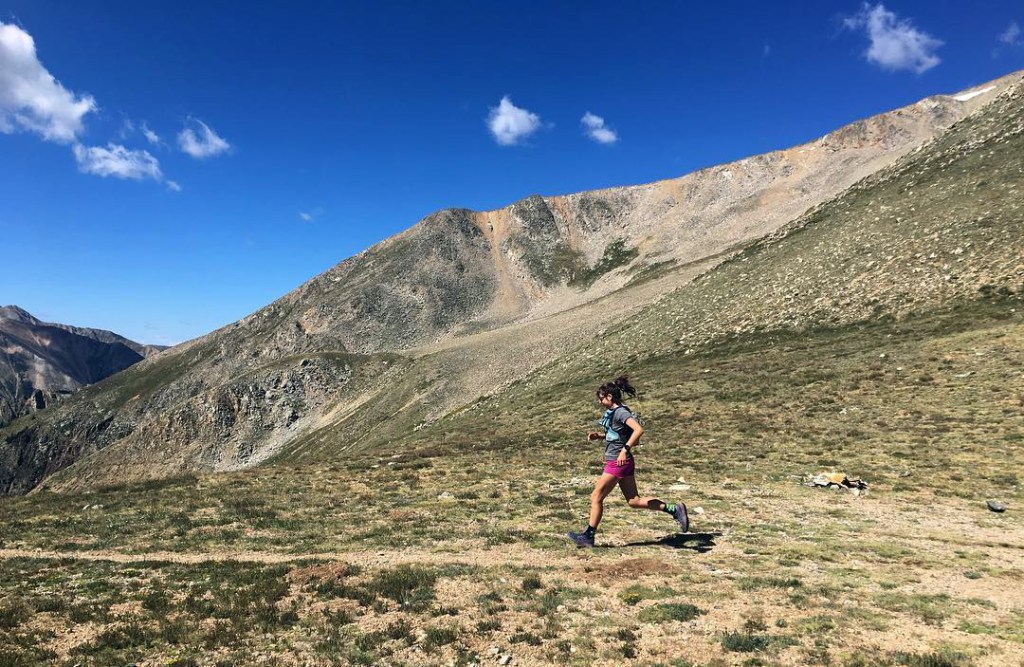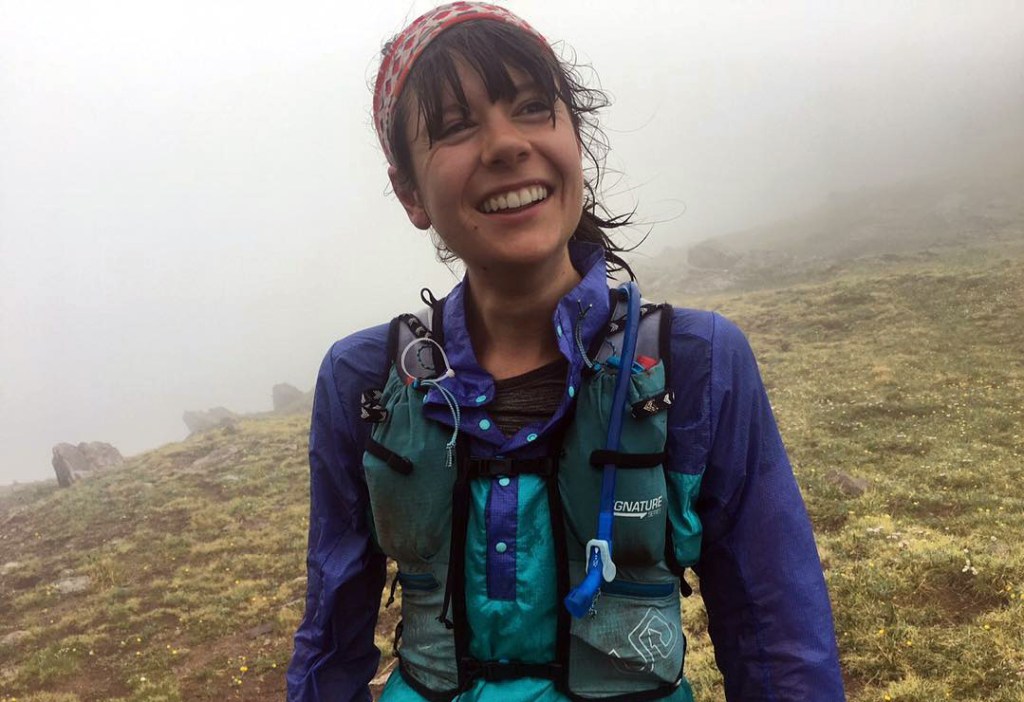“What are you doing in August. Next August. A year from now?” I texted my former boss and long-time running partner Drew, an eternally cheerful guy and accomplished 50K runner. This was a year ago when I found out I got a spot in the coveted 2018 Leadville 100, the well-known ultramarathon in the high peaks above Leadville, Colorado.
He responded hesitantly, “Um, I’m not sure…why?”
“I think I’m going to run 100 miles. Want to help?”
I’m pretty comfortable running 20, 30, even 50 miles by myself, but there comes a point in ultrarunning when you can’t do it alone. For me, that point is 100 miles. In order to complete my first 100 miles at Leadville, taking place on August 18, I needed to assemble a crack team of pacers. So I sent out a proper invite that read: “I’m looking for dedicated runners, huggers and friends to pace me at the Leadville 100 and provide me with snacks and unconditional support. What’s in it for you? Pizza, beer and a front-row seat to what is bound to be an interesting (hopefully less than) 30 hours.”
Four foolhardy friends responded to my big ask. Drew said “yes,” then there was Lauren, a no-nonsense marathoner who I trusted to bring a tough-love approach to pacing. As a bonus, her husband is a spreadsheet mathlete with four-wheel drive, making him a handy built-in crew member.
I knew I needed someone a little more acclimated to high-altitude running to get me over Hope Pass, just below 13,000 feet. Enter TJ, a perky and competitive Aspen trail runner with a similar penchant for mountain suffering. He was conscripted after bringing Swedish gummy bears on a training run over the pass. Rounding out the roster was my friend Kristen from Boulder, Colorado, an aggressively cheerful former track athlete who I had met trail running and had quickly become my before-work 14er partner and weekend sufferfest companion.

The author on a training run in the high peaks of Colorado. (Photo courtesy of Zoë Rom)
When selecting my pacers and crew, there were a few nonnegotiable qualities: I needed people I trusted athletically and personally. I needed to know that they were going to be able to handle the challenging distance and terrain—and handle me. As 2016 Leadville winner Clare Gallagher put it, “They need to be able to handle their stuff and my stuff.”
At this point, a few short days before running the Leadville 100, I know that my team has what it takes to help push me to the finish, which will mean encouraging me to shuffle along for hours while force-feeding me cookies. Though my crew doesn’t lack trail experience, we’re all rookies when it comes to running or pacing 100 miles.
To find out what the pros do when assembling a solid crew, I spoke with several Leadville Trail 100 veterans and experts.
Attitude is Everything
Devon Yanko, winner of the 2017 Leadville 100, emphasized the role that stoke can play amongst the crew in such a long race. “I want them to be excited to see me, get me hyped, keep me moving through the aid station quickly and always tell me I look awesome and am killing it even if I might not be,” Yanko said.
There’s going to be a lot of rushing and waiting around to watch runners shuffle by at all hours of the night and day. So hopefully my crew enjoys watching the race unfold.

The author will be tackling her first 100-mile race this weekend—but she won’t do it alone. (Photo courtesy of Zoë Rom)
Altitude is Also Something
“The altitude at Leadville is a huge challenge for pacers too, even if they’re only running a few miles, so it helps to have locals and very fit runners,” said Ian Sharman, four-time Leadville winner. “One time I had a friend from Texas pace and he suffered so much with the altitude that he couldn’t keep up and had to walk in his section.”
While I’m not too worried about out-pacing a pacer, that’s why I picked TJ, a fellow high-elevation mountain-town dweller to assist me over Hope Pass—the most challenging and high-altitude section of the race.
Keep it Out of the Family
“If you pick family members, it’s best if they have ultramarathon experience, even just seeing you run ultras before and knowing what to expect,” said Sharman. “Sometimes family can get very worried and want a runner to stop, even when that’s the last thing the runner needs to hear.”
Selecting family and significant others can lead to more emotional stress than any runner wants to mess with 80 miles deep into a race. I carefully selected friends who know me well enough to know when to push me—and when to let up. I chose to save my family members from watching me suffer along the trail.
Planning is Crucial
I’m not much of a planner. For me, one of the most intimidating parts of training was attempting to fill out a spreadsheet of expected splits and aid station arrival times. I’ll take 100 miles over spreadsheets any day. Luckily, my pacer team includes engineer and math wizard Ben, Lauren’s husband, and an entire team of logistically savvy people. After all, there’s a lot of windy backcountry roads to navigate and food to sort.
Sharman agreed that a crew needs to be “efficient and know the logistics of how to get to aid stations, any potential parking issues and being at each place well in advance of the runner.”
It’s About Teamwork
“Prep your crew. Tell them what you want and need, tell them what you might want and need, tell them what you think works and doesn’t work, tell them how you want them to act when you come in—excited, calm, casual?” said Yanko.
I knew I needed to work with my team to develop an easily executable race plan. The amount of time I spent formulating a race plan and composing a crew over email clocked in just over my marathon PR.
I prepped my crew with a long, stream-of-consciousness email that included maps, desired splits and instructions to always tell my parents that I look strong, even if I’m crawling and covered in GU. They were instructed to continually force-feed me and ensure that I’m hydrated. In addition to the requisite oat bars and gels, they were told to bring abundant gummy bears to every aid station. In case of emergency, play Beyoncé.
Keep it light, the experts reminded me. This is supposed to be fun, after all. “Don’t make it too big a deal,” Gallagher said. “Be considerate. Crewing is a pain, so be extra nice and grateful.”
As for me, when I set out on my first Leadville 100 run in a few days, I know I will be grateful to not be doing it alone.
